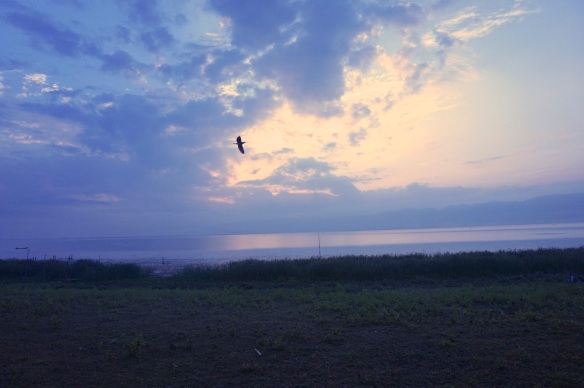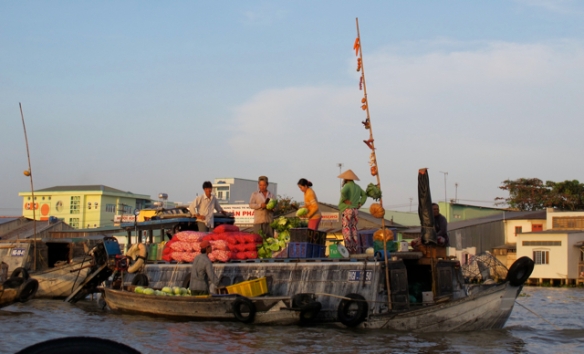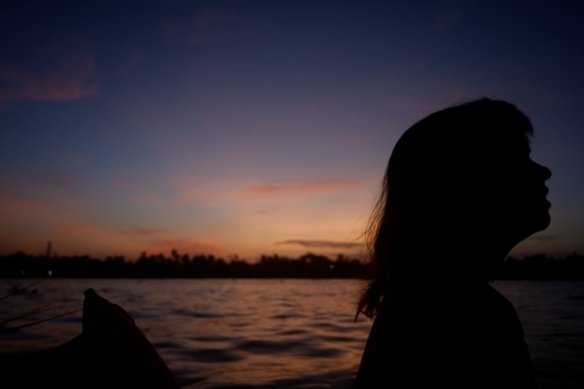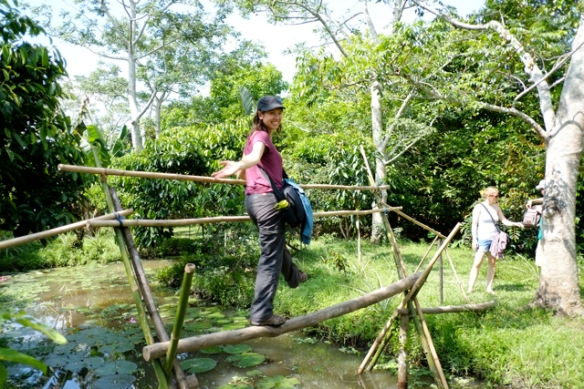
There is both an uneasiness and sense of liberation that comes from being out of communication range. In an increasingly connected world, it’s becoming rarer and rarer to find places that are beyond the reach of both Internet and cell phone service. A few such places are the remote regions of northern Myanmar, where I am about to travel for the second time.
I got my first exposure to disconnecting for a significant length of time last year when I spent two and a half weeks at Indawgyi Lake in northern Myanmar’s Kachin State. When a group of backpackers traveled through the guesthouse partway through my stay, one of them asked me how I was faring without access to the outside world for so long. I somewhat surprised myself when I told him it had been great – and I meant it. It had taken a bit of getting used to, but the feeling of uneasiness quickly switched to one of liberation.
I would come back to the guesthouse after a day of community meetings and could just be present. I read a lot. I drank tea and beer with the guesthouse owner and other guests, and watched sunset colors fall on the lake. I wrote some, but mostly savored my ability to unplug.
The lake wasn’t entirely off the grid – the local 3G cell network did get some service. My Lao coworker had successfully acquired a local sim card and was able to check email and Facebook. At that time, the shops didn’t have the ability to cut the sim cards to fit my iPhone 5s. Trying to use the tenuous lines of communication also seemed too draining. One collaborator from the UK spent most of the evening trying to send an email home on a colleague’s local cell phone over the faint connection.

Even electricity was a bit hard to come by in Indawgyi, although when needed it could be provided in full force, thanks to a generator. It was a bit of an incongruous feeling, to spend the night at a guesthouse with a few dim bulbs powered by a small solar panel system, and no electric sockets for charging anything. Then in the morning we would haul computers, a printer, and even a projector to the local villages (all on the backs of motorbikes) and use them for our community workshops. One village even had a giant speaker set up complete with a wireless microphone – but it took a little jerry-rigging to get the electrical system up and working that day. Nothing a piece of tape couldn’t fix.
I find that I’m pretty good at switching off devices and unplugging. In fact, I often prefer it – which is sometimes at odds with my job as a Communications Director. That said, it’s a special thing to be able to share my travel experiences with others, which also helps me document these memories for myself. I’m still trying to find the balance between these two desires when I travel.

For me, the most uneasy part about lack of communication while traveling is the fear of the unknown – and also worrying that my family back home is worrying about me (I guess it’s hereditary). Three weeks in a remote region felt like a long time to be without any contact last year, so luckily I was able to use a satellite GPS messenger from work to send periodic check-ins to my coworkers and family. When I came home, I learned that only about half of my messages had come through, even though I had tried to send them every day. This time around, I’ll try leaving the device on longer to transmit to the satellite, even after the “message sent” light flashes. Hopefully I’ll also be able to retrace the path of our upcoming trek with those GPS points.
Tomorrow I’ll be traveling to some remote mountain villages in a different part of Kachin state. I’m not sure what kind of communication ability awaits after I leave internet connected Yangon in the morning. On the one hand, I was amazed to have a decent wifi connection at the small town I visited in Laos on a field project about a week ago. On the other hand, I got a taste for the “internet access” in northern Myanmar last year when I spent a day in the city of Myitkyina after returning from Indawgyi and waiting for my flight back to Yangon. My hotel professed to have internet, but I spent a whole day with a browser open, trying to send my first email home in almost three weeks. I wasn’t entirely sure if it went through in the end.
86 days later, my dad forwarded the email message to me, saying it had just arrived. Who knew emails could get lost in the mail too?
Signing off from the Humble Footprints guesthouse in Yangon, where my computer and phone still recognize and remember the password to the Wifi network from when I stayed here last year…amazing!



















































